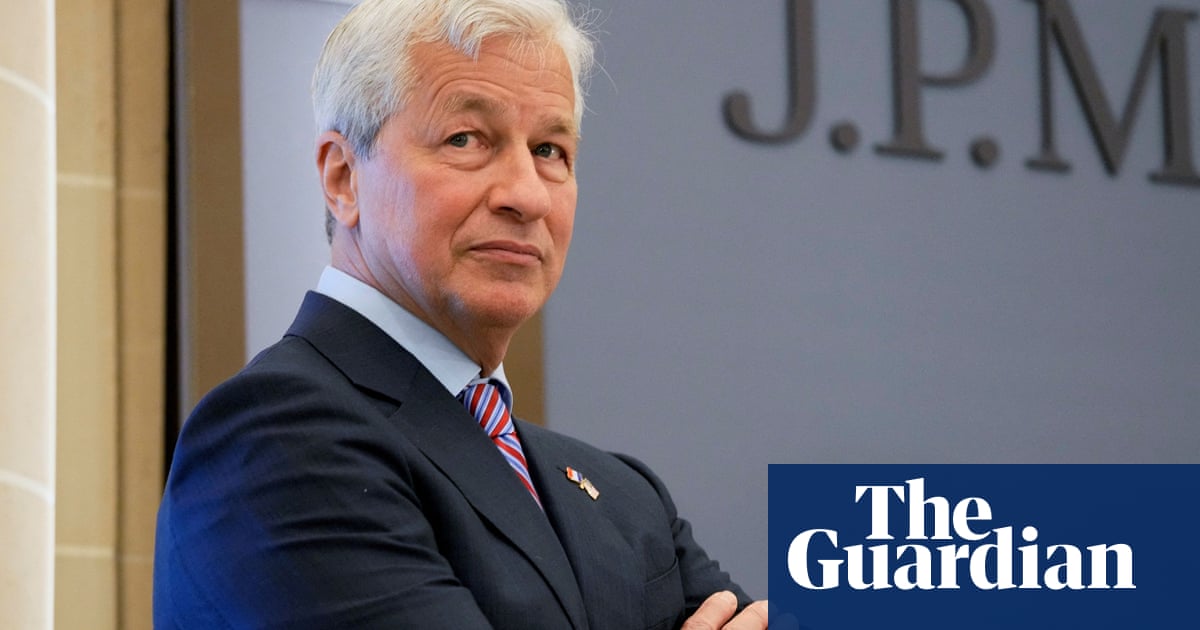
The government that went to the last federal election declaring it was “back in black” will on Thursday unveil the largest budget deficit since the second world war, reflecting the substantial fiscal support rolled out during the Covid-19 pandemic, and a deterioration in revenue because of a contraction in activity.
The day after Australia recorded its worst day of the pandemic, the Morrison government will unveil new economic forecasts revealing that the lockdown in Victoria in response to the second wave of infections – a lockdown that Daniel Andrews says could be extended – will cost the national economy $3.3bn, and dampen economic growth in the September quarter.
The Treasury update will map out the scope of the economic shock accompanying the pandemic. It will show company tax receipts down by more than $25bn over the past financial year and the current one, with revenue declining by $13.2bn in 2019-20 and $12.1bn in 2020-21.
Business investment is forecast to fall by 6% in 2019-20 and 12.5% in 2020-21, with the mining sector bucking the trend. The forecasts will show mining investment is forecast to be positive for the first time in seven years, growing by 4% in 2019-20 and 9.5% in 2020-21.
Market analysts believe the deficit for the current financial year could be north of $200bn. Thursday’s update will also report a new gross and net figure as of 30 June 2020 and 30 June 2021.
The new Treasury update will contain economic and fiscal estimates for the 2019-20 and 2020-21 financial years only – not the four year estimates that are conventional in budget and mid-year updates.
The government says the unknown trajectory of the coronavirus pandemic renders conventional budget forecasts highly uncertain. The government deferred the budget in May, and the usual four-year forecasts are being held back until the budget now scheduled for October.
In briefing materials distributed in advance of Thursday’s update by the office of the treasurer, Josh Frydenberg, the government says 99% of the $289bn stimulus and balance sheet support unleashed in response to the pandemic will be spent over 2019-20 and 2020-21 – meaning the expenditures are not intended to be structural or baked into the budget.
According to the government, the Treasury update will show the fiscal interventions have lowered the peak of measured unemployment by around 5%, which translates to preserving around 700,000 jobs.
With the government facing some internal disquiet about the scale of the fiscal interventions, the prime minister and treasurer moved on Tuesday, ahead of the release of the new forecasts, to telegraph a cut to the jobkeeper and jobseeker payments after September.
The jobkeeper wage subsidy will continue through to 28 March but it will be reduced from the current rate of $1,500 at the end of September. From 28 September, full-time employees will get $1,200 a fortnight and people working less than 20 hours a fortnight will get $750. From 4 January the payment will be reduced again, going to $1,000 for full-timers and $650 for part-timers.
The government will also cut the coronavirus supplement in the jobseeker payment, and reintroduce mutual obligation requirements for recipients. Under the changes, recipients will be able to earn up to $300 a fortnight without foregoing any benefits, but the supplement will be cut from $550 to $250 a fortnight from 25 September through to 31 December.
Treasury analysis accompanying Tuesday’s changes projects unemployment to hit 8% by October, and keep climbing. The jobless rate currently stands at 7.4%.
The governor of Australia’s central bank, Philip Lowe, this week emphasised it was appropriate for the government to stimulate the economy through the current downturn.
Economic growth was weak before the pandemic hit, and the downturn has been accelerated as a consequence of the health crisis. Lowe said borrowing costs were low, and governments borrowing against future income allowed the country to “smooth out the hit to our current income”.
“For a country that has got used to low budget deficits and low levels of public debt, this is quite a change,” Lowe said. “But it is a change that is entirely manageable and affordable and it’s the right thing to do in the national interest.”
In a statement issued ahead of the update, Frydenberg said: “Australia has low levels of debt as a share of GDP compared with many other countries and in 2018-19 the government returned the budget to balance for the first time in 11 years giving us the financial firepower to respond as the virus hit.”
“The government is providing timely economic support with significant fiscal and balance sheet measures that are temporary and targeted helping those who need it most, and we carefully designed our economic support measures to ensure we maintained the structural integrity of the budget.”












